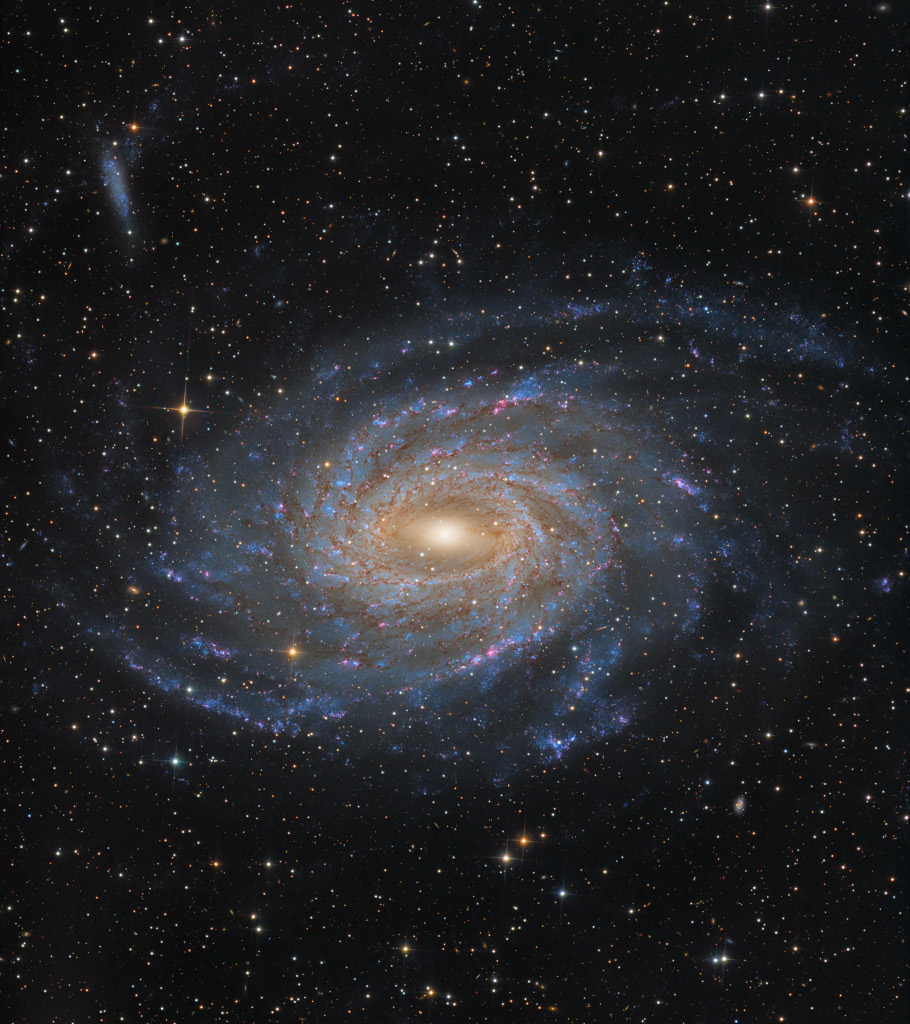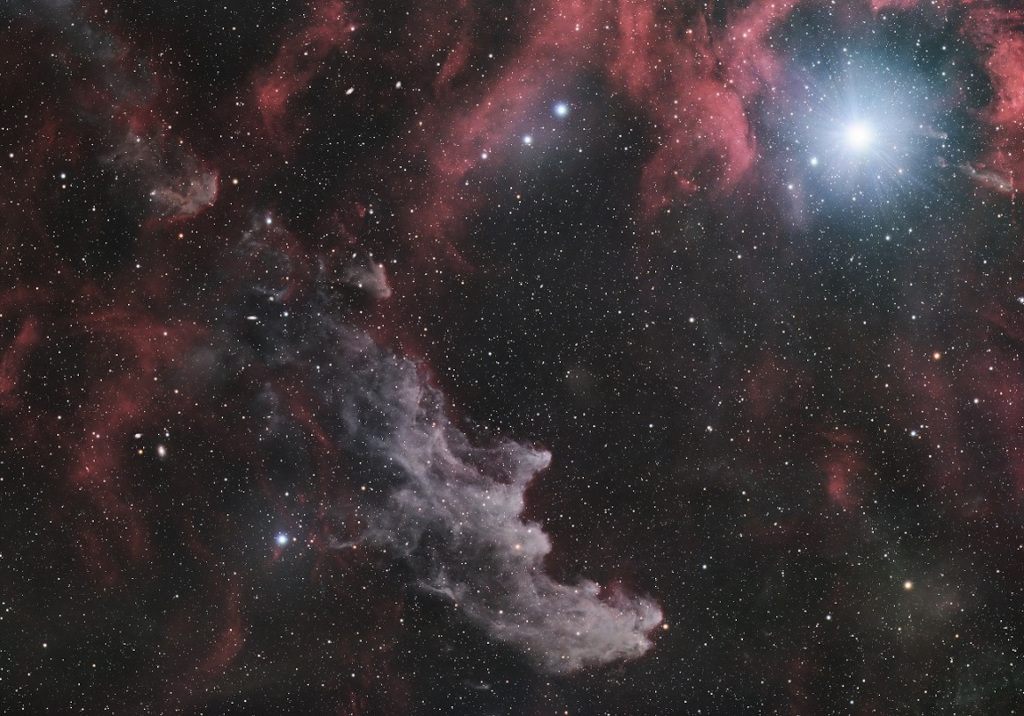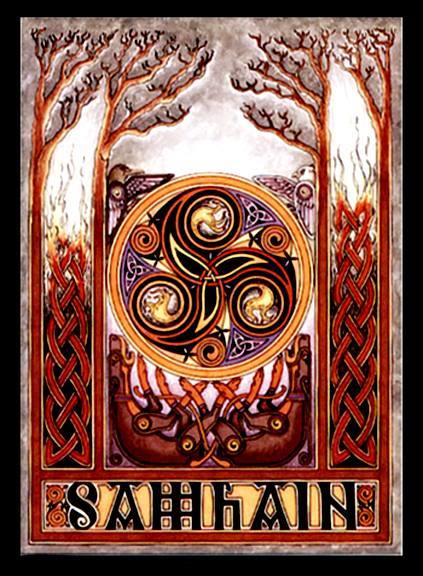Blog
Philip Wells Woods (November 2, 1931 – September 29, 2015) was an American jazz alto saxophonist, clarinetist, bandleader, and composer. Woods was born in Springfield, Massachusetts. After inheriting a saxophone at age 12, he began taking lessons from Harvey LaRose at a local music shop. His heroes on the alto saxophone included Benny Carter and Johnny Hodges. He studied music with Lennie Tristano at the Manhattan School of Music and at the Juilliard School. His friend, Joe Lopes, coached him on clarinet as there was no saxophone major at Juilliard at the time and received a bachelor’s degree in 1952. Although he did not copy Charlie Parker, Woods was known as the New Bird, a nickname also given to other alto saxophone players such as Sonny Stitt and Cannonball Adderley.
more...Friday November 1st 2024. 6:00 p.m. Nefesh Erev Shabbat Service: The Religious Imperative to Save the Earth music with Inbla-Sharett-Singer, Jayson Rodovsky, Jeff Bailey, Pete Whitman and mick laBriola.
more...Big, beautiful spiral galaxy NGC 6744 is nearly 175,000 light-years across, larger than our own Milky Way. It lies some 30 million light-years distant in the southern constellation Pavo but appears as only a faint smudge in the eyepiece of a small telescope. We see the disk of the nearby island universe tilted towards our line of sight in this remarkably deep and detailed galaxy portrait, a telescopic image that spans an area about the angular size of a full moon. In it, the giant galaxy’s elongated yellowish core is dominated by the light from old, cool stars. Beyond the core, grand spiral arms are filled with young blue star clusters and speckled with pinkish star forming regions. An extended arm sweeps past smaller satellite galaxy NGC 6744A at the upper left. NGC 6744’s galactic companion is reminiscent of the Milky Way’s satellite galaxy the Large Magellanic Cloud.

Lyle Pearce Lovett (born November 1, 1957 Houston, TX) is an American country singer. Active since 1980, he has recorded 14 albums and released 25 singles to date, including his highest entry, the number 10 chart hit on the U.S. Billboard Hot Country Songs chart, “Cowboy Man”. Lovett has won four Grammy Awards, including Best Male Country Vocal Performance and Best Country Album. His most recent album is 12th of June, released in 2022.
more...November 1st 1955
Seven-time Grammy-nominated percussionist, US Artists Fontanals Fellow, and 2013-2014 SFJAZZ Resident Artistic Director, John Santos, is one of the foremost exponents of Afro-Latin music in the world today.
Born in San Francisco, California, November 1, 1955, he was raised in the Puerto Rican and Cape Verdean traditions of his family, surrounded by music. The fertile musical environment of the San Francisco Bay Area shaped his career in a unique way.
His studies of Afro-Latin music have included several trips to New York, Puerto Rico, Cuba, Brazil and Colombia. He is known for his innovative use of traditional forms and instruments in combination with contemporary music, and has earned much respect and recognition as a prolific performer, composer, teacher, writer, radio programmer, and record/event producer whose career has spanned five decades. John has performed and/or recorded with acknowledged, multi-generational masters such as Cachao, Dizzy Gillespie, Tito Puente, Bebo Valdés, Max Roach, Eddie Palmieri, Patato Valdés, Lázaro Ros, Bobby Hutcherson, Manny Oquendo, Chucho Valdes, Paquito D’Rivera, Buenavista Social Club, Chocolate Armenteros, John Handy, Billy Cobham, Zakir Hussain, Hermeto Pascoal, George Cables, Generoso Jimenez, Joe Henderson, Ernesto Oviedo, Regina Carter, Chester Thompson, Francisco Aguabella, John Faddis, Ed Thigpen, Giovanni Hidalgo, Steve Turre, McCoy Tyner, Batacumbele, Poncho Sanchez, Omar Sosa, Mel Martin, Ignacio Berroa, Danilo Perez, Los Pleneros de la 21, Jose Luis “Changuito” Quintana, Armando Peraza, Pancho Quinto, Tootie Heath, Art Farmer, Pupy Pedroso, Jacqueline Castellanos, Malonga Casquelord, CK Ladzekpo, Pancho Terry, Juan De Dios Ramos, Carlos Aldama, Yosvany Terry, Dafnis Prieto, Oscar Castro Neves, Mark Murphy, Orkestra Rumpilezz, Larry Coryell, Lázaro Galarraga, Regino Jimenez, Luis Daniel “Chichito” Cepeda, Modesto Cepeda, Guillermo “Negro” Triana, Lázaro Rizo, Raul “Lali” Gonzalez, Amado DeDeus, Pedrito Martinez, Jose Lugo, Jerry Medina, Orestes Vilató, Kamau Daaood, Johnny Rodriguez, Sonny Bravo, Arturo Sandoval, Nestor Torres, Anthony Carrillo, Paoli Mejías, Raul Rekow, Andy Gonzalez, Jerry Gonzalez, Jovino Santos Neto, Lalo Schifrin, Gema y Pavel, Pete Escovedo, Claudia Gómez, Maria Márquez, Jon Jang, Wayne Wallace, Mark Levine, Elio Villafranca, Bruce Forman, Linda Tillery, Charlie Hunter, Joyce Cooling, Bobby Matos, Mark Weinstein, Roberto Borrell, Sandy Perez, Jesus Diaz, Roman Diaz, Pablo Menendez y Mezcla, Yma Sumac, Rhiannon, Larry Vukovich, Kenny Washington, Faye Carol, Kellye Gray, Destani Wolf, Kimiko Joy, Kenny Endo, Abhijit Banerjee, Erik Jekabson, and Carlos Santana, among others. John was the director of the Orquesta Tipica Cienfuegos (1976-1980) and the award-winning Orquesta Batachanga (1981-1985). He was founder and director of the internationally renowned, Grammy-nominated Machete Ensemble (1985-2006), with whom he released nine CDs with special guests from Puerto Rico, Cuba, NY, Los Angeles, and San Francisco, mostly on John’s Machete Records label that was founded in 1984 and continues today.
more...Richard Roman Grechko (1 November 1946 – 17 March 1990), better known as Ric Grech, was a British rock musician. He is best known for playing bass guitar and violin with the rock band Family as well as in the supergroups Blind Faith and Traffic. He also played with ex-Cream drummer Ginger Baker.
He was born in Bordeaux, France. He was educated at Corpus Christi RC School, Leicester, after attending Sacred Heart Primary School. He played violin in the school orchestra. Grech died on 17 March 1990, aged 43, of liver failure as a result of alcoholism.
more...Sippie Wallace (born Beulah Belle Thomas, November 1, 1898 – November 1, 1986 Jefferson County, AK) was an American blues singer, pianist and songwriter. Her early career in tent shows gained her the billing “The Texas Nightingale”. Between 1923 and 1927, she recorded over 40 songs for Okeh Records, many written by her or her brothers, George and Hersal Thomas. Her accompanists included Louis Armstrong, Johnny Dodds, Sidney Bechet, King Oliver, and Clarence Williams. Among the top female blues vocalists of her era, Wallace ranked with Ma Rainey, Ida Cox, Alberta Hunter, and Bessie Smith.
In the 1930s, she left show business to become a church organist, singer, and choir director in Detroit and performed secular music only sporadically until the 1960s, when she resumed her performing career. Wallace was nominated for a Grammy Award in 1982 and was inducted into the Michigan Women’s Hall of Fame in 1993.
more...By starlight, this eerie visage shines in the dark with a crooked profile evoking its popular name, the Witch Head Nebula. In fact, this entrancing telescopic portrait gives the impression that a witch has fixed her gaze on Orion’s bright supergiant star Rigel. More formally known as IC 2118, the Witch Head Nebula spans about 50 light-years and is composed of interstellar dust grains reflecting Rigel’s starlight. The color of the Witch Head Nebula is caused not only by Rigel’s intense blue light, but because the dust grains scatter blue light more efficiently than red. The same physical process causes Earth’s daytime sky to appear blue, although the scatterers in Earth’s atmosphere are molecules of nitrogen and oxygen. Rigel and this dusty cosmic crone are about 800 light-years away. You may still see a few witches in your neighborhood tonight though, so have a safe and Happy Halloween!

more...
Booker Telleferro Ervin II (October 31, 1930 – August 31, 1970 Denison, TX) was an American tenor saxophoneplayer. His tenor playing was characterised by a strong, tough sound and blues/gospel phrasing. He is remembered for his association with bassist Charles Mingus. After stays in Denver and Pittsburgh, Ervin moved to New York City in spring 1958, initially working a day job and playing jam sessions at night. Ervin then worked with Charles Mingus regularly from late 1958 to 1960, rejoining various outfits led by the bassist at various times up to autumn 1964, when he departed for Europe. During the mid-1960s, Ervin led his own quartet, recording for Prestige Records with, among others, ex-Mingus associate pianist Jaki Byard, along with bassist Richard Davis and Alan Dawson on drums.
more...Jean-Baptiste Illinois Jacquet (October 30, 1922 – July 22, 2004 Broussard, LA) was an American jazz tenor saxophonist, best remembered for his solo on “Flying Home“, critically recognized as the first R&Bsaxophone solo. He is also known as one of the writers of the jazz standard “Don’cha Go ‘Way Mad.”
Although he was a pioneer of the honking tenor saxophone that became a regular feature of jazz playing and a hallmark of early rock and roll, Jacquet was a skilled and melodic improviser, both on up-tempo tunes and ballads. He doubled on the bassoon, one of only a few jazz musicians to use the instrument.
more...Julia Lee (October 31, 1902 – December 8, 1958 Boonville, MO) was an American blues and dirty blues musician.Her most commercially successful number was the US Billboard R&B chart topping hit “(Opportunity Knocks But Once) Snatch and Grab It” in 1947. She is best known for her trademark double entendre songs.
more...More Posts
- Sippie Wallace
- World Music Yair Dalal & Weigal Harush
- Daily Roots Inner Circle
- Happy Samhain Day 2023
- Happy Halloween 2023
- Cosmos NGC 7380
- John Guerin
- Ali Farka Touré
- Booker Ervin
- Illinois Jacquet
- World Music Trio Mandili
- Daily Roots Tony Tuff
- Rhythm Roots Workshop @ St Therese Senior Communities
- Cosmos NGC 1566
- Grace Slick
- Trilok Gurtu
- Poncho Sánchez
- Clifford Brown
- World Drumming Babatunde Olatunji
- Daily Roots Willie Lindo




